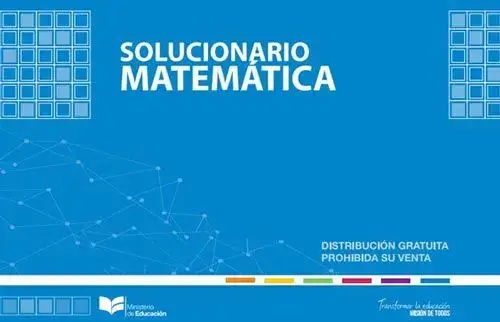Biodiversity loss and wildlife trade are making pandemics like COVID-19 more likely, experts say
In Brazil, wide swaths of rainforest are being decimated for logging and farmland. In Asia, animals are being collected in the wild and sold in markets. In Africa, some animals are hunted down to near-extinction for their so-called medicinal qualities.
Meanwhile, in countries like Canada and the U.S., some natural habitats are being overtaken by dense, large-scale farming practices.
Experts believe this kind of destruction of our natural habitat is paving the way for emerging infectious diseases like COVID-19.
«The loss of biodiversity absolutely plays a role in the emergence of new diseases,» said Felicia Keesing, an ecologist and professor of biology at Bard College, in Annandale-on-Hudson, N.Y.
Keesing, a researcher on emerging diseases and nature, explained that when biodiversity declines — particularly as a result of habitat loss — it doesn’t do so in a random way; certain kinds of species are more likely to disappear than others.
«The ones that tend to thrive after biodiversity declines are the ones that are also most likely to give us new diseases,» Keesing said.
‘Spillover events’
When zoonotic diseases — those that move from a non-human animal to humans — cross over, it’s referred to as a «spillover event.»

These spillover events are nothing new. Take the plague, for example, which likely originated in rats, though recent research suggests that it was spread by fleas. Then there’s rabies and Marburg.
These events typically move from mammals to humans. The novel coronavirus, which causes the disease COVID-19, has been traced back to a wildlife market in Wuhan, China, the centre of the outbreak. Some hypothesize that it originated in a bat.
WATCH | Where the novel coronavirus came from
However, that doesn’t mean the bat was in the market itself. The virus could have moved from a bat to another animal that acted as an intermediate host. Someone could have contracted the virus in the wild while collecting animals for market and brought it to the market, where it rapidly spread.
«Likely there had been an intermediate host — that [the virus] didn’t [come] directly from the bat to humans,» said Sandra Junglen, leader of the working group Ecology of Emerging Arboviruses at the Institute of Virology, Charité University Medicine Berlin. «And maybe there was a civet cat or … a raccoon dog.»
Markets are a ‘high-risk contact zone’
These so-called wet markets aren’t limited to China.
«Wet markets are, in a variety of different forms, very normal around Asia, generally … in South Asia, but certainly all over Southeast Asia, Indonesia, Malaysia, Thailand and elsewhere,» said Kai Chan, a professor at the Institute for Resources, Environment and Sustainability at the University of British Columbia. «It’s by no means a Chinese phenomenon.»
Keesing said these markets are a recipe for virus transmission.
«This is creating a really high-risk contact zone between humans and wildlife, because … you’re basically creating a new ecological community that doesn’t exist anywhere in nature.»
An issue of density
Keesing said that when we disrupt natural habitats, either by cutting them down or removing some of their creatures, it’s the smaller, hardier animals that tend to survive.
They can move into areas with high human populations and transmit disease, such as rabies. She cited the example of mice and rats.

«There’s a reason they thrive in degraded, low-biodiversity cities,» she said. «They’re really good at being scrappy.»
Density also plays an important role. Many large-scale farming operations butt up against forests where there could be a particular virus or pathogen.
«A high density of livestock is a challenge, because if a pathogen does jump from the forest into those livestock, it can spread very readily,» Keesing said. «Pathogens spread much better when their hosts are at high density. That’s what COVID is doing right now.»
Virus a result of ‘what we’re doing to nature’
In May 2019, the Intergovernmental Science-Policy Platform on Biodiversity and Ecosystem Services (IPBES) released a report that found more than a million species are threatened with extinction.

What the long-term effects of this might be, particularly when it comes to pathogens and the potential for another virus to spill over, is uncertain. But scientists studying the relationship between pathogens and epidemics know it’s unlikely COVID-19 will be the last disease brought about by the destruction of nature.
«This is about what we’re doing to nature, not about what nature is doing to us,» Keesing said.
«If this isn’t a wake-up call for how small the planet really is and how much we need to care for each other and it, I don’t know what is.»






